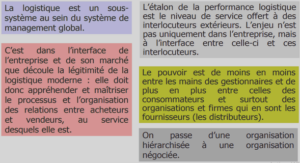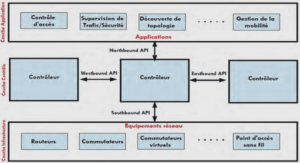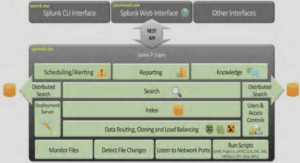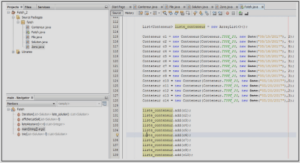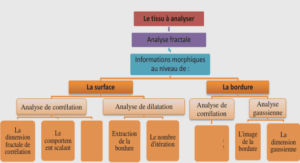Description of the variables (Raw data)
Water plays a major role in meeting the day-to-day needs worldwide. Based on gender, age, season and other factors the demand and consumption pattern varies. Due to the non-controlled cities growth and scarcity of water resources, the water systems could not supply the required daily amount of water needs. Moreover, the region is under construction and that amplifies water demand. This chapter presents the collected variables and their sources, besides to the techniques employed for collecting the data set. Before the survey conducted, individual discussions and field visits were held to understand the situation of water supply and use in the region. Estimation of water use determinants requires a reliable measure of water consumption and information on the consumers and their houses. The study was conducted using a questionnaire that contains the purpose of the survey, followed by questions on water usage practices and behaviors. The survey questionnaire is built basing on previous studies and covers all relevant parameters. For better understanding of question by users, it is redacted in two languages and aims only single houses. The present chapter is divided into statistical description of variables and data preparation. Any statistical analysis starts with standard data preparation techniques. Basic descriptive statistics are produced to note any missing/ abnormal values.
Both quantitative and qualitative data are collected and in order to account factors that could explain variations in indoor water use, the selected sample considers many variables. Water consumption is “the dependent” variable, while socio-economic parameters, indoor habits of residents, physical characteristics of buildings units and climatic factors are “the independent” variables in this study (Figure 3.1). The difference between dependent and independent is that: Dependent variable: is variable that may depend on other factors. For example, household water use may change depending on weather factors. Independent variable: is a variable that does not depend on other factors. For example, weather factors like temperature does not change depending on household water use.
Water Consumption (WCP)
Household water consumption is obtained from “Algérienne des eaux (ADE)”, authority of water distribution and management, of Souk-Ahras. According to Sadoulet and De Janvry, 1995 the term “Household” varies widely across cultures. Their study defines household as “the group of people living together and sharing the same kitchen or, in the case of piped water households, using the same piped water”. WCP data represents trimester values from 2012 to 2017 for 363 single houses selected from more than 500 houses in Sedrata city. The sample size of data is minimized because of the lack of socio-economic variables and physical characteristics of buildings information. WCP is measured by cubic meters.
Socio-economic Parameters (SEP), Indoor Habits of Residents (INH) and Physical Characteristics of Buildings Units (PHC)
To gather socio-economic parameters, indoor habits of people and physical characteristics of houses, the public inquiry represents the best tool. People are selected randomly to get a representative sample on Sedrata from different types, where a questionnaire is distributed and filled during the period between March and April 2018 (to people living in the study area) based on a list created from preliminary literature review. The questionnaire paper contains questions on all relative parameters (Annex 01). SEP should be considered in detail in any WCP investigation. In fact, this link between SEP and WCP is logical and confirmed by many authors (Chapter 01). a. Family Composition and Gender: Family composition refers to total number of individuals (HOUS) beside the number of females (FEM) and males (MAL) living in the house. It is expected that a larger household size will increase the tendency to have a higher WCP because household need more water if there is more people. Thus, this variable is expected to have a positive sign to indicate that females are likely to have a higher WCP. This hypothesis is because women usually deal with domestic activities. b. Age of Family Members: This means age of residents in each house. It is divided into four classes of age: under 8 years old (AG1), between 9 to 15 years old (AG2), between 15 to 35 years old (AG3) and older than 35 years old (AG4). c. Education Level of Residents: Educational status of the residents is considered by classifying the level of education into four categories: primary school (PRS), medium school (MDS), high school (HGS) and university level (UNIV). It is expected that higher level of education would decrease WCP thanks to understanding water importance. d. Household Income (INC): This variable is a combination of all incomes from all household members. It is measured in monetary unit, Algerian Dinar, DA/Month. e. Car Possession and Usage: Car possession refers to the existence of cars, their numbers (CARN) and frequency of washing cars per month (WCAR).

